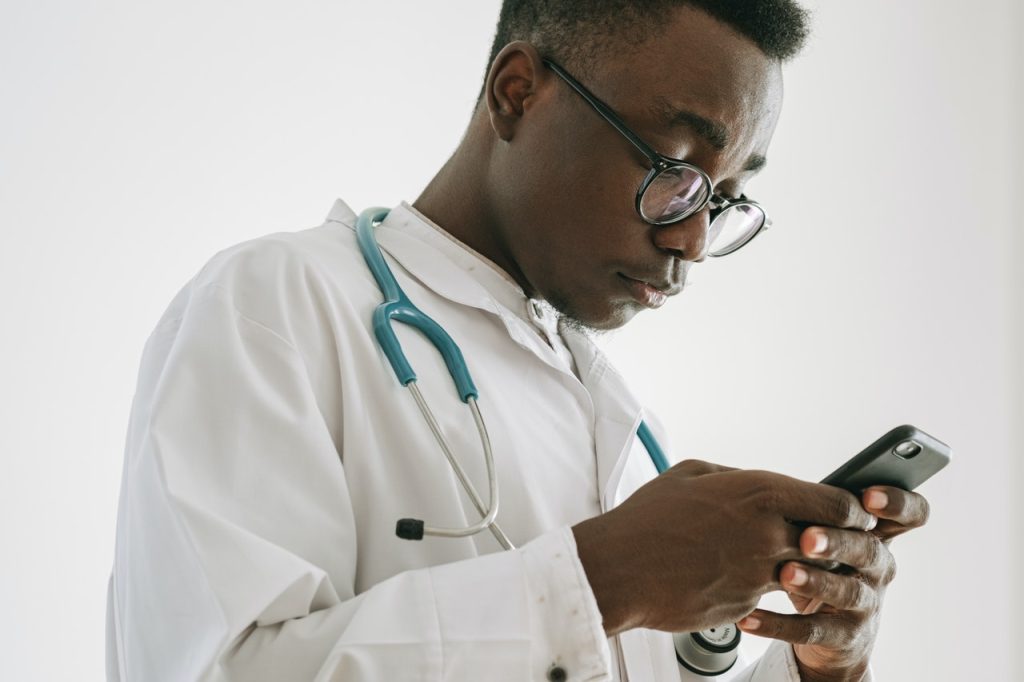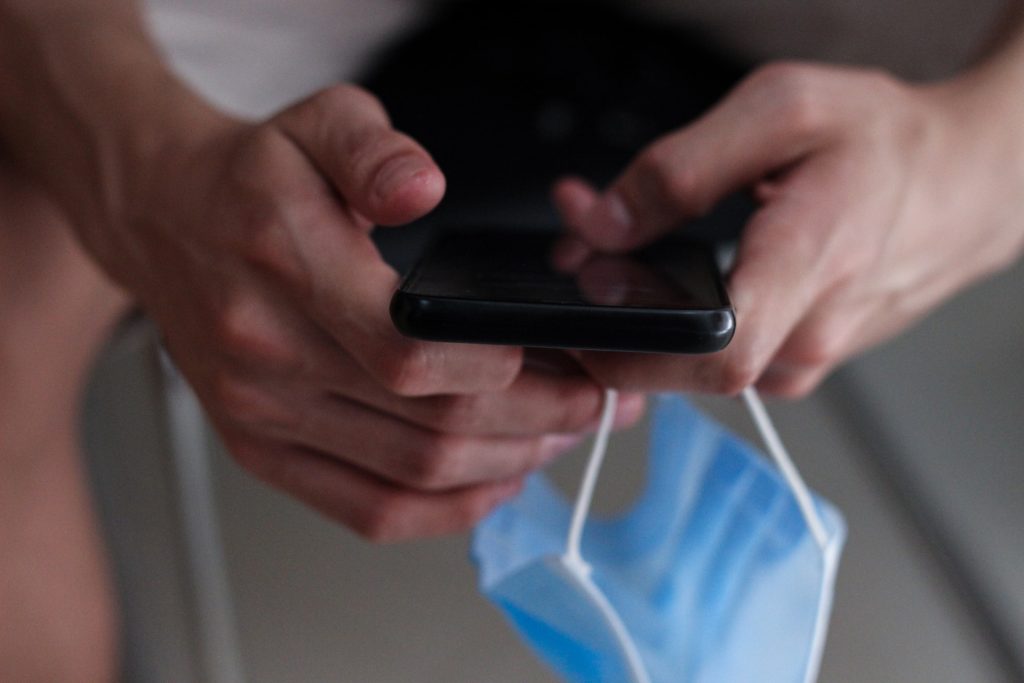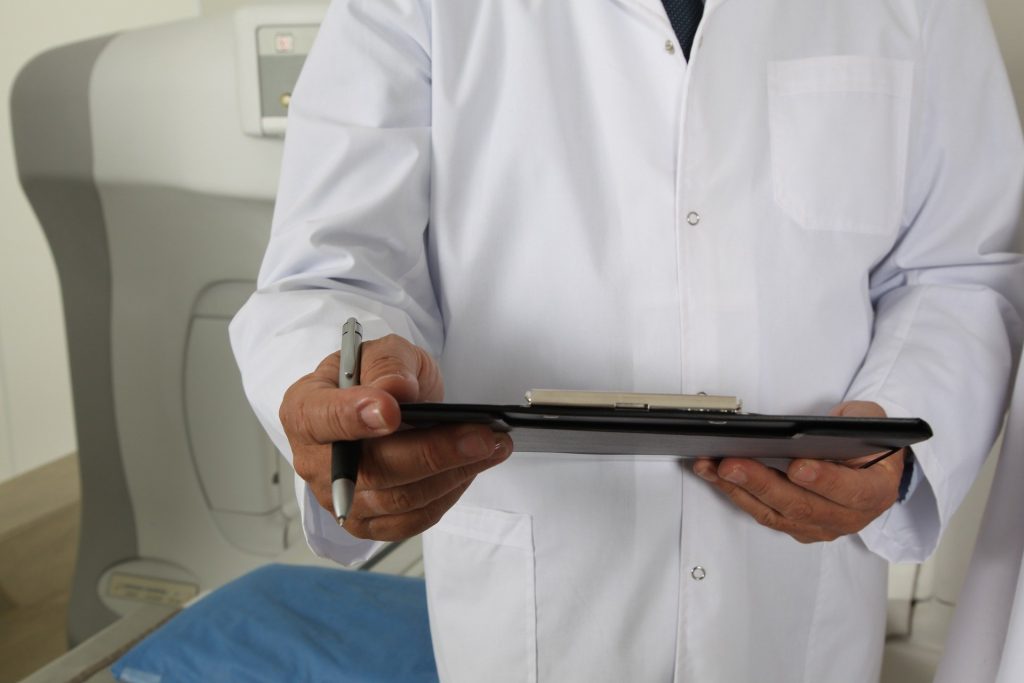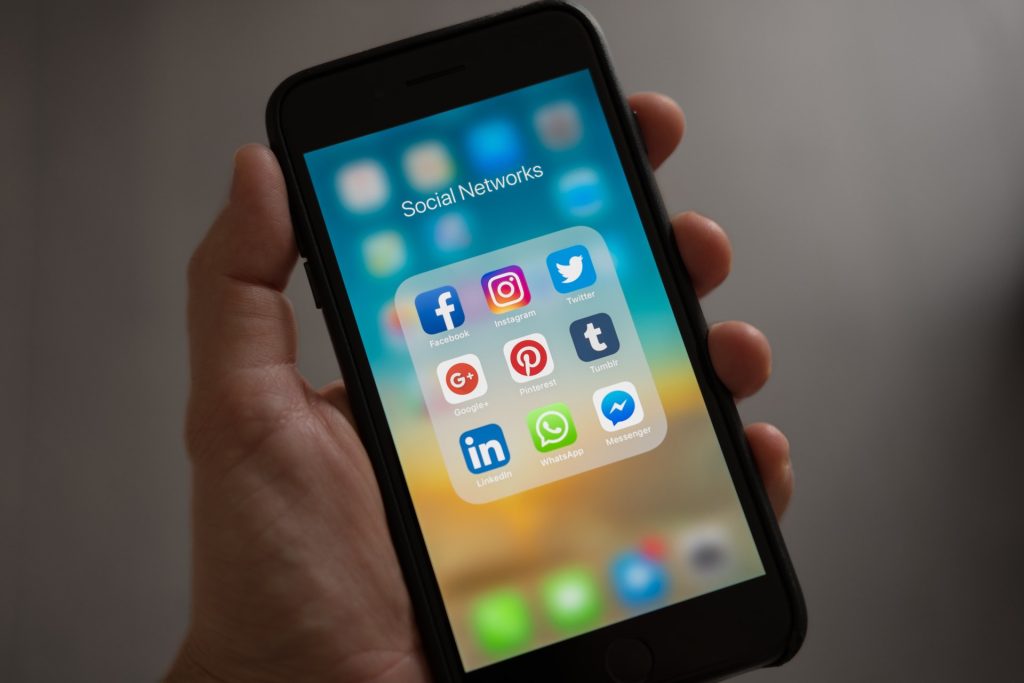AI-driven Telemedicine: Overcoming Adoption Barriers in Africa
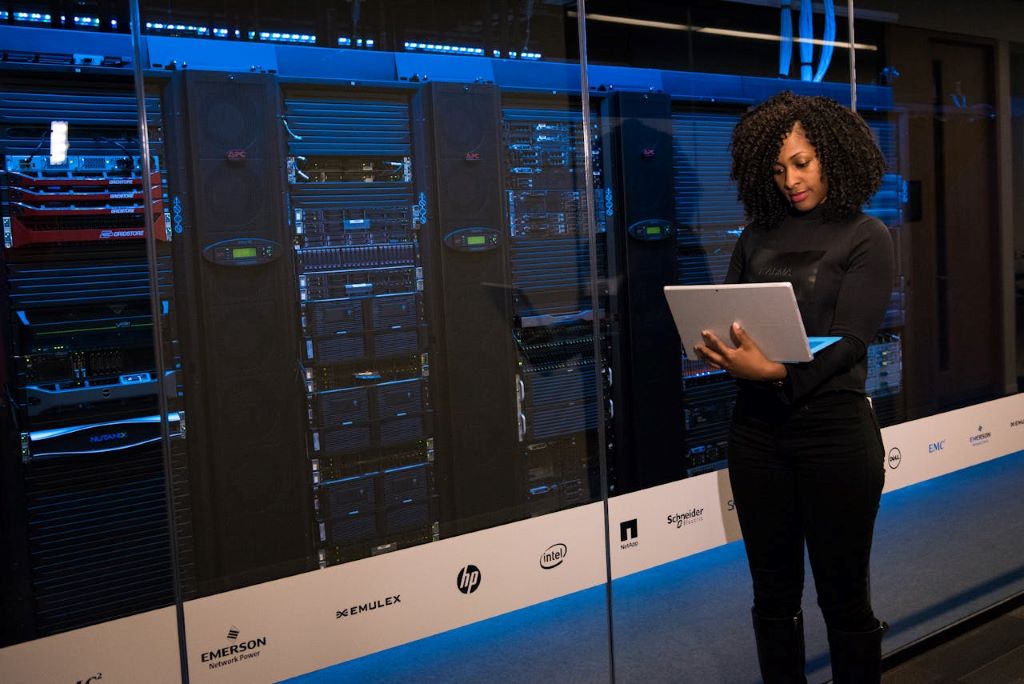
Artificial Intelligence (AI) is reshaping healthcare globally, and Africa stands to benefit immensely. AI-driven telemedicine is revolutionising access to care, offering innovative solutions to overcome healthcare challenges across the continent. From remote diagnostics to virtual consultations, AI is enhancing medical services, improving efficiency, and ultimately making healthcare more accessible to millions.
Understanding Telemedicine and AI
Telemedicine leverages telecommunications technology to provide remote healthcare services. It includes virtual consultations, remote patient monitoring, electronic health records, and AI-powered diagnostics. AI, through machine learning and natural language processing, analyses vast amounts of data rapidly, identifies patterns, and provides valuable insights. With AI doing the heavy lifting in healthcare, medical professionals can focus on patient care while benefiting from advanced decision-making support.
The Importance of Healthcare Access in Africa
The World Health Organization (WHO) estimates that over 60% of Africans lack access to essential healthcare services. A shortage of healthcare professionals and inadequate infrastructure exacerbates this challenge.
In South Africa alone, 50 million people rely on state healthcare, making cost-effective, high-quality solutions a necessity. Addressing healthcare access issues is crucial for improving public health, reducing mortality rates, and enhancing overall well-being.
The Role of AI in Telemedicine
AI-driven tools are enhancing medical diagnostics, improving accuracy and efficiency. For example, AI algorithms can analyse imaging scans, such as X-rays and MRIs, to detect conditions like tuberculosis and cancer. In South Africa, AI solutions developed by Qure.ai and EnvisionIT have demonstrated remarkable accuracy in interpreting chest X-rays, often surpassing general radiologists in detecting tuberculosis.
Velocity Skin Scanning further enables rapid dermatological screenings, providing timely and accurate diagnoses.
AI-powered chatbots, such as those used in Ghana’s mPharma initiative, assist in symptom assessment, medication stock predictions, and patient guidance. Virtual consultation platforms like DabaDoc in Nigeria and CareFirst, Unu Health, and Hello Doctor in South Africa enable seamless patient-doctor interactions, particularly in underserved areas. AI streamlines these services, ensuring better patient screening, appointment scheduling, and treatment accuracy.
Challenges in AI-Driven Telemedicine Adoption
Many African regions face limited internet connectivity, device accessibility issues, and electricity shortages, hindering telemedicine implementation. Satellite internet solutions, such as Starlink and solar-powered connectivity, present potential solutions.
Supportive regulatory frameworks are crucial for AI-driven healthcare success. Governments must develop policies that encourage innovation while safeguarding patient data. Collaborative efforts between policymakers and tech companies can facilitate AI integration into healthcare systems. The African Medical Council (AMCOA) plays a key role in shaping such regulations.
Educating healthcare professionals on AI technologies is essential for effective implementation. Upskilling programs empower medical staff to utilise AI tools efficiently. Additionally, cultural acceptance of telemedicine varies, making community outreach and education initiatives vital for overcoming skepticism.
Technology costs often pose adoption challenges, particularly when solutions are not developed locally. However, virtual primary healthcare services are cost-effective and can serve as an entry point for widespread AI adoption. Strategies to enhance affordability include subscription models, public education, media promotion, healthcare practitioner reimbursement, cross-border medical registration, and economic incentives for AI adoption.
AI-Driven Solutions in Practice
CareFirst offers on-demand virtual doctor consultations, available 24/7 via video calls, telephonic consultations, and AI-driven vital scans.
Patients can access AI-driven vital scans to measure stress levels, blood pressure, heart rate, respiratory rate, glucose levels (HbA1C), and oxygen saturation. These tools provide real-time health insights, aiding proactive healthcare management.
Powered by Belle AI and endorsed by WHO, this AI-driven technology enables real-time dermatological assessments, facilitating early detection of skin conditions.
ER Consulting Inc. has adopted Scribe MD to improve medical record-keeping. This AI solution reduces doctor burnout, enhances patient interactions, lowers documentation time, mitigates medicolegal risks, and improves clinical data analysis.
Conclusion
AI-driven telemedicine has the potential to revolutionise healthcare accessibility in Africa. By addressing critical adoption barriers, fostering collaborations between governments, tech companies, and healthcare organizations, and leveraging AI-powered innovations, we can create a more connected, efficient, and inclusive healthcare ecosystem.
The future of healthcare in Africa is digital, and AI is paving the way toward a healthier, more accessible future for all.


